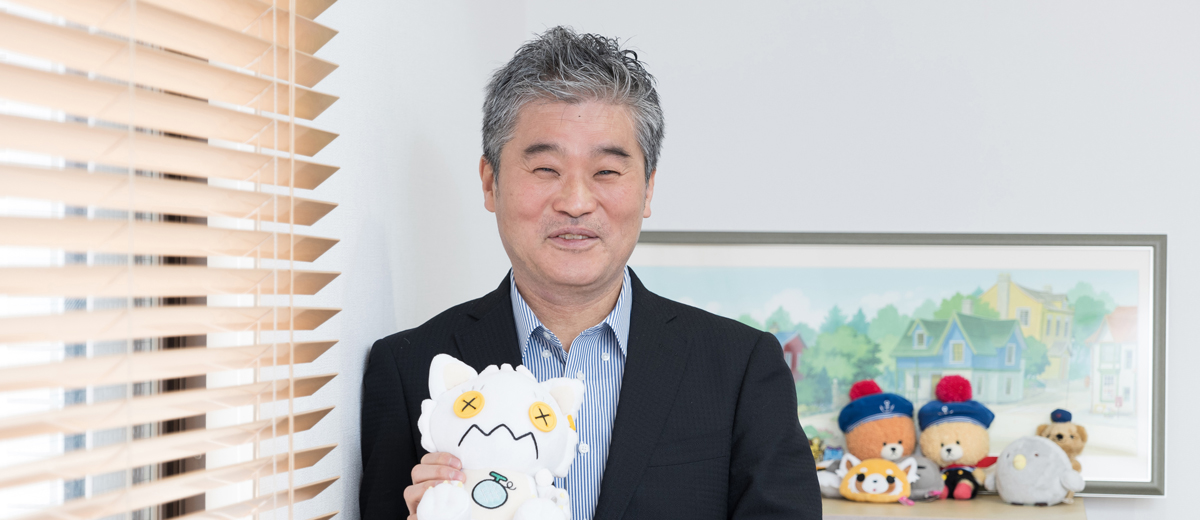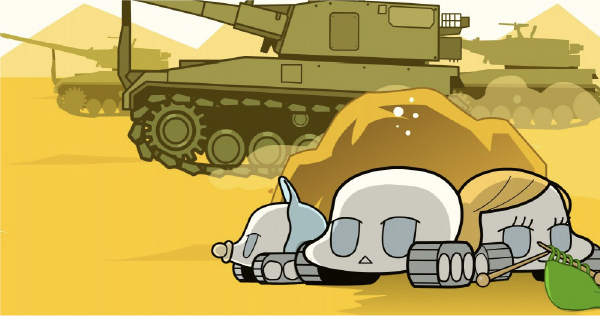Interview
社長インタビュー
This interview with the CEO of Fanworks, Takayama, is for those who are interested in working at Fanworks. If you're interested in learning more about Fanworks, such as the story behind the founding of Fanworks, the "total production" of animations that Fanworks works on, and Takayama's vision for the future of Fanworks, please read on.

1. How Fanworks Was Founded
 You worked at an advertising agency, a video production company, and an animation production company before starting Fanworks. Could you first tell us the story in detail?
You worked at an advertising agency, a video production company, and an animation production company before starting Fanworks. Could you first tell us the story in detail?

More than 30 years ago, I joined an advertising agency right after graduating from college. I got somehow interested in the entertainment industry around that time. Back then, advertising agencies were actively promoting the cultural industry, so I was interested in that kind of work. Then I wanted to create entertainment itself, so I joined a film and TV series production company, and then an animation company that produced family-oriented animations. After a while, works by individual creators such as Makoto Shinkai's "Voices of a Distant Star" and Riichiro Mashima's "Ski Jumping Pairs" began to be released. "Voices of a Distant Star" sold 100,000, and "Ski Jumping Pairs" sold more than 500,000 copies on DVD, and I felt that this would be a very big business. That's why I started a FLASH animation project, a field which was gaining momentum at the time, but the problem was if I continued to promote that, there would be an internal competition within the animation company. It was around that time that I got acquainted with a 26 years old brilliant young man Hattori, and then we started Fanworks together.

 Fanworks focuses on producing “kawaii & pleasurable” animations. Why did you come up with this theme?
Fanworks focuses on producing “kawaii & pleasurable” animations. Why did you come up with this theme?

I think the biggest reason for it was that I started my own animation company without having watched any popular anime works. I didn't watch "Mobile Suit Gundam" or "Urusei Yatsura", which all anime fans of my generation watched. I was more interested in subcultures such as Shibuya-style music and mini-theater movies than those mainstream things. When it came to anime, I was more into family-oriented works like Disney movies. The fact I liked cute and family-friendly characters was also the reason I changed jobs from the film company to the animation company. I guess the "kawaii & pleasurable" theme came up because that's the kind of thing I was familiar with.

